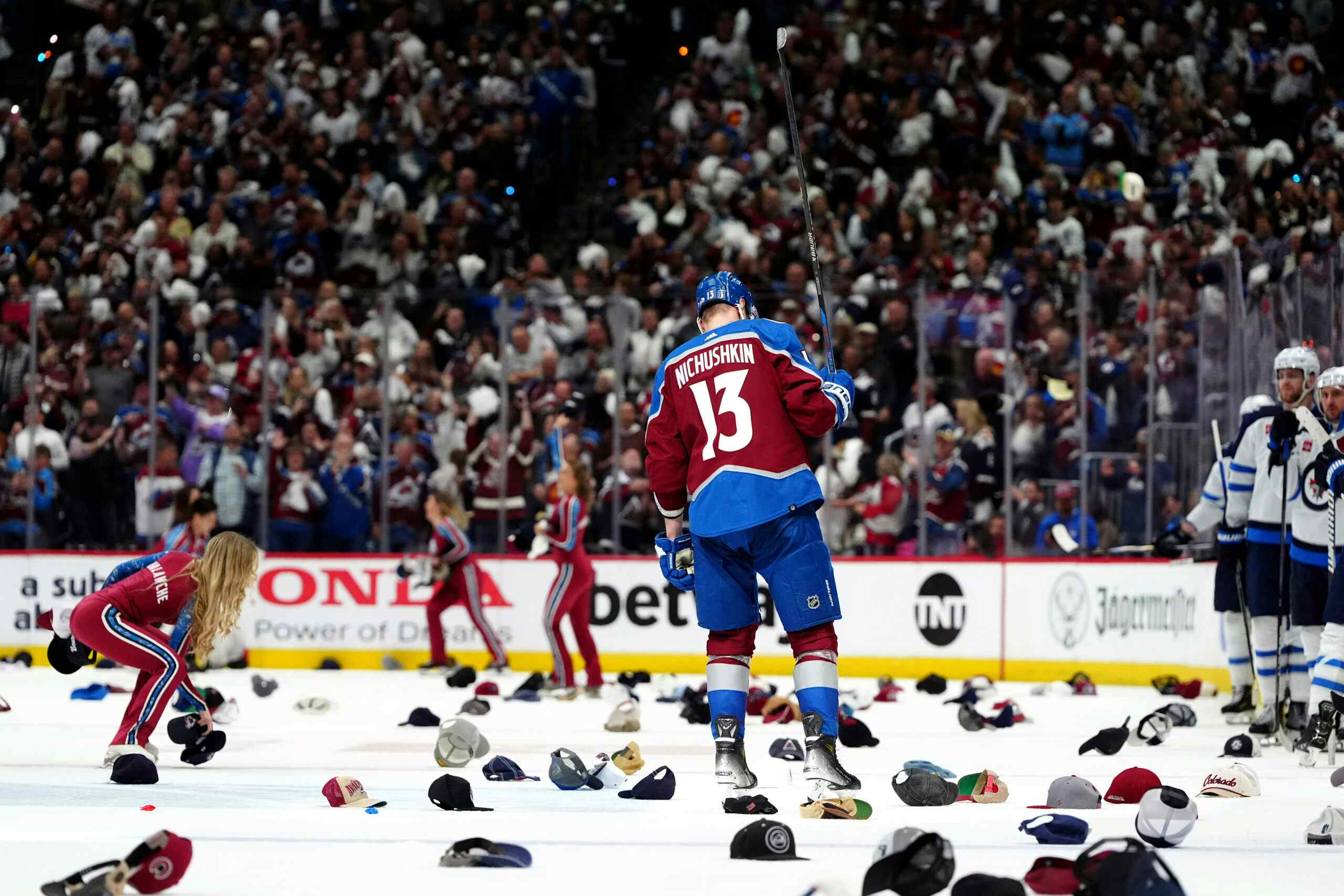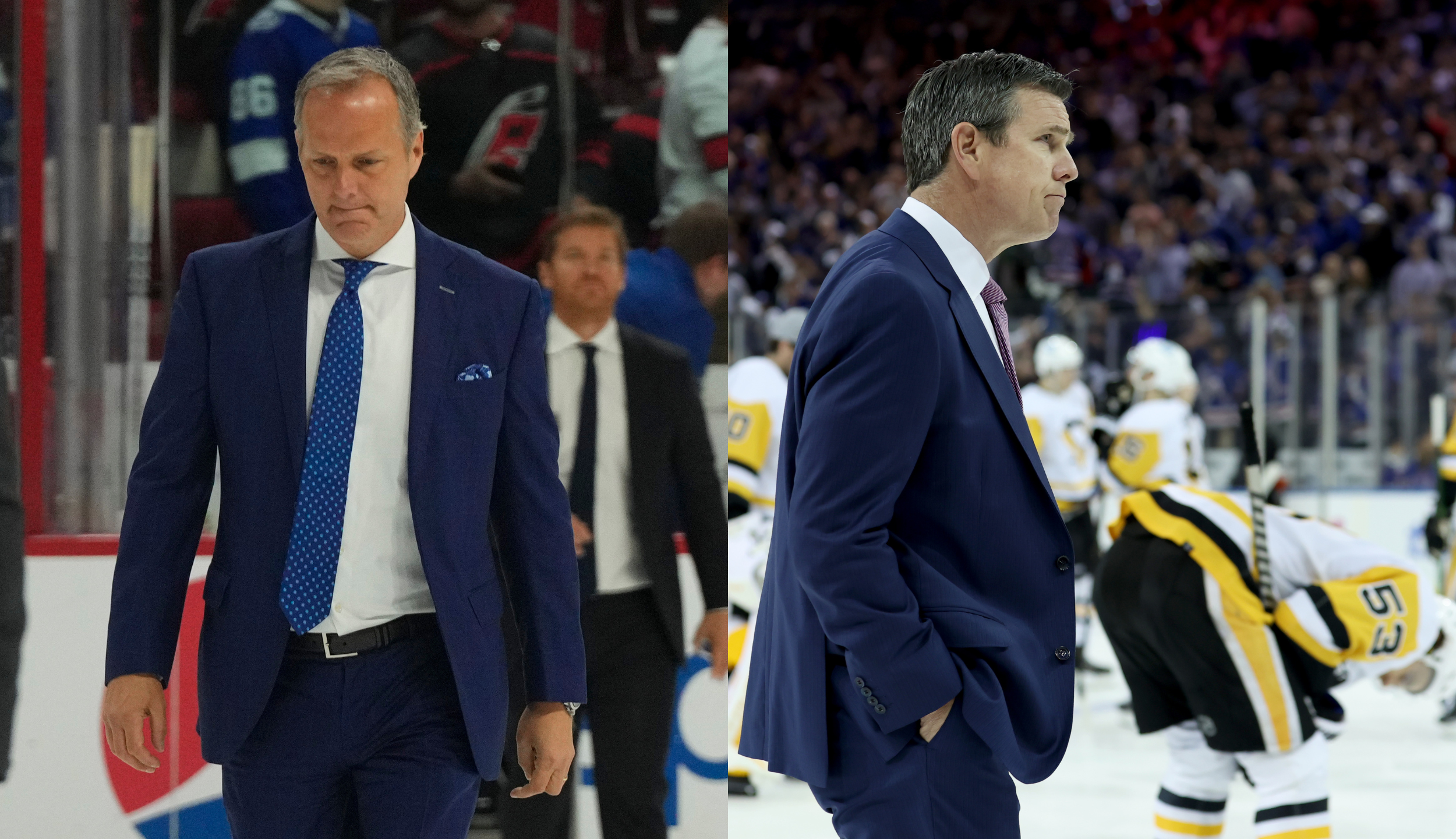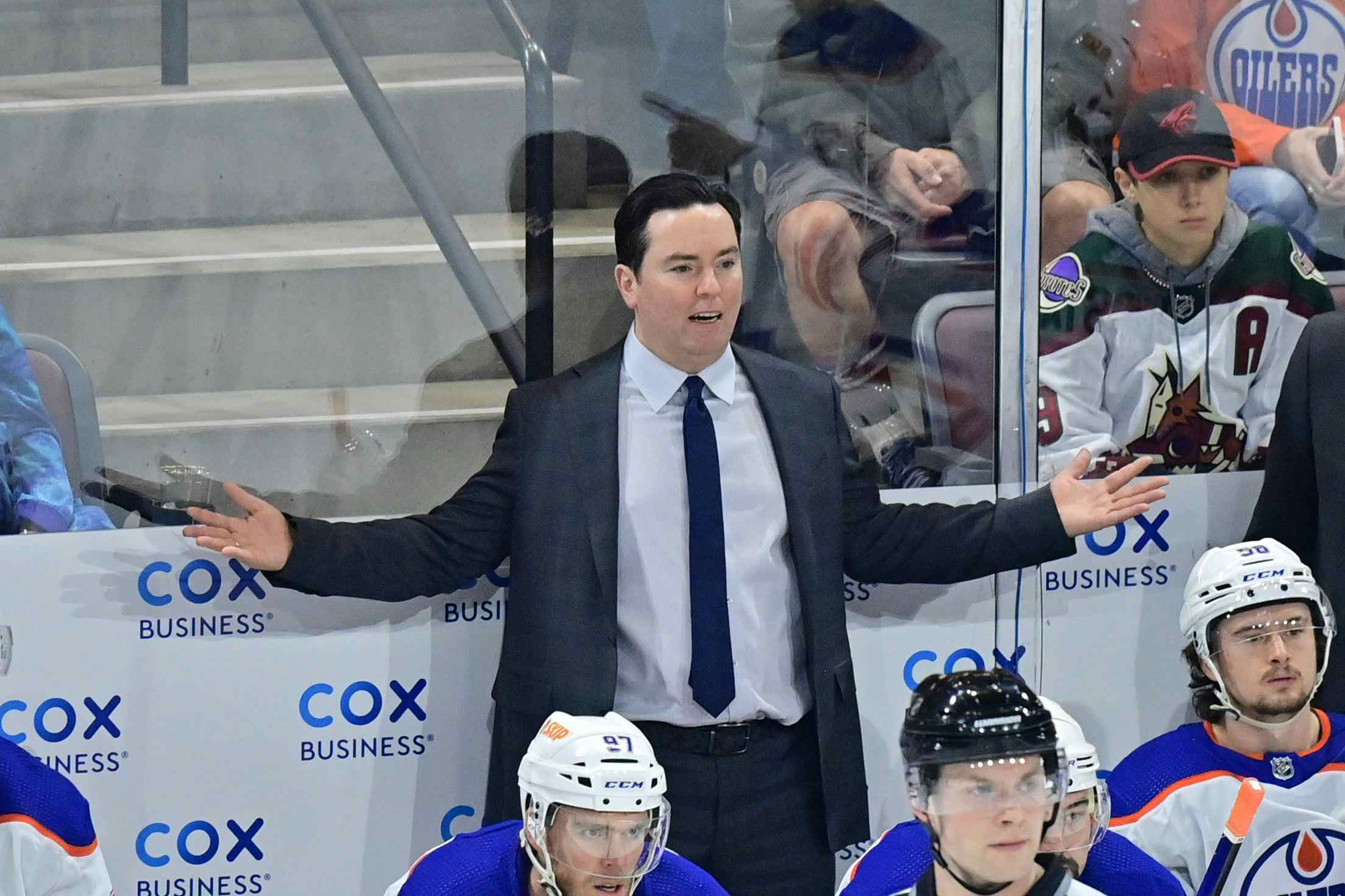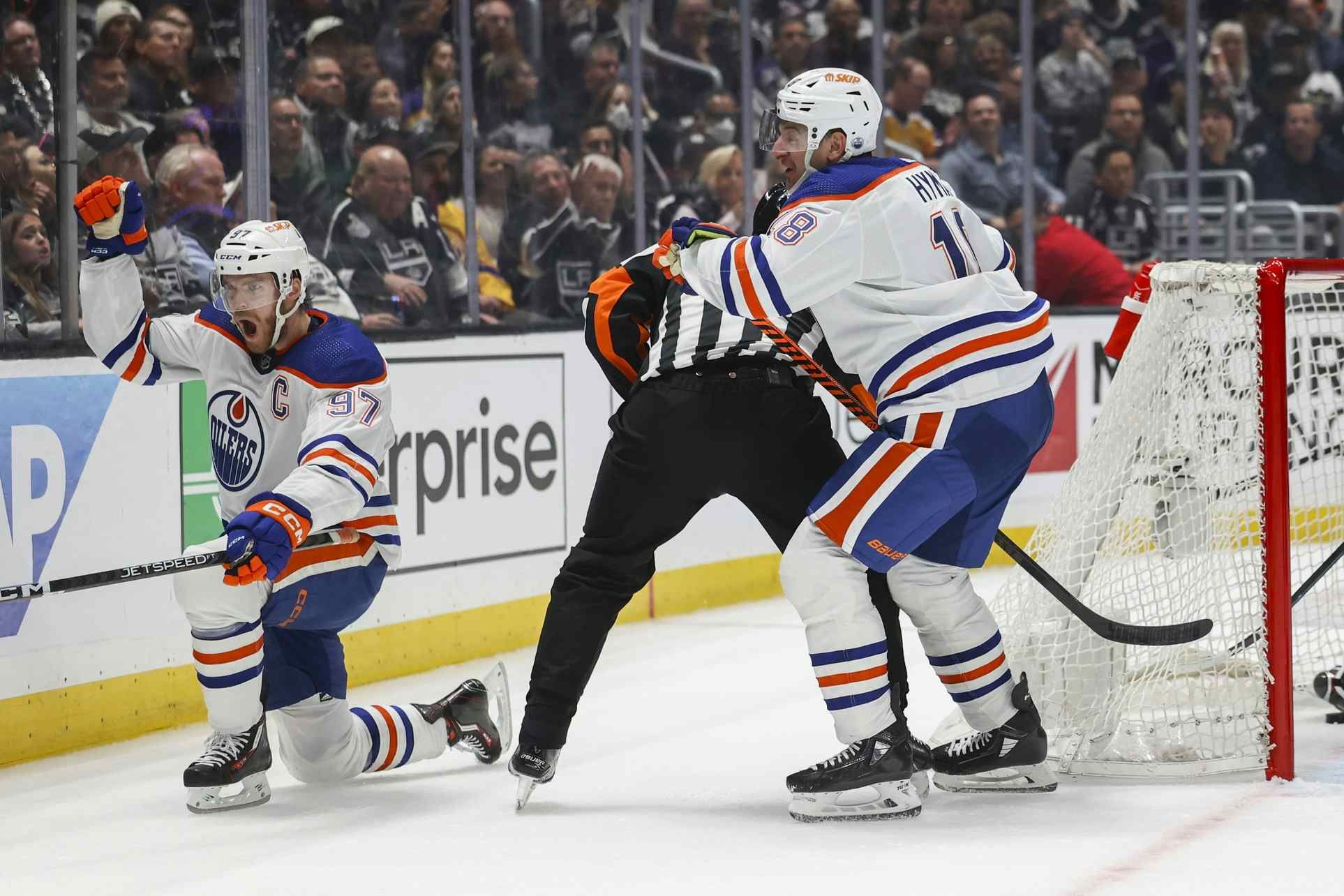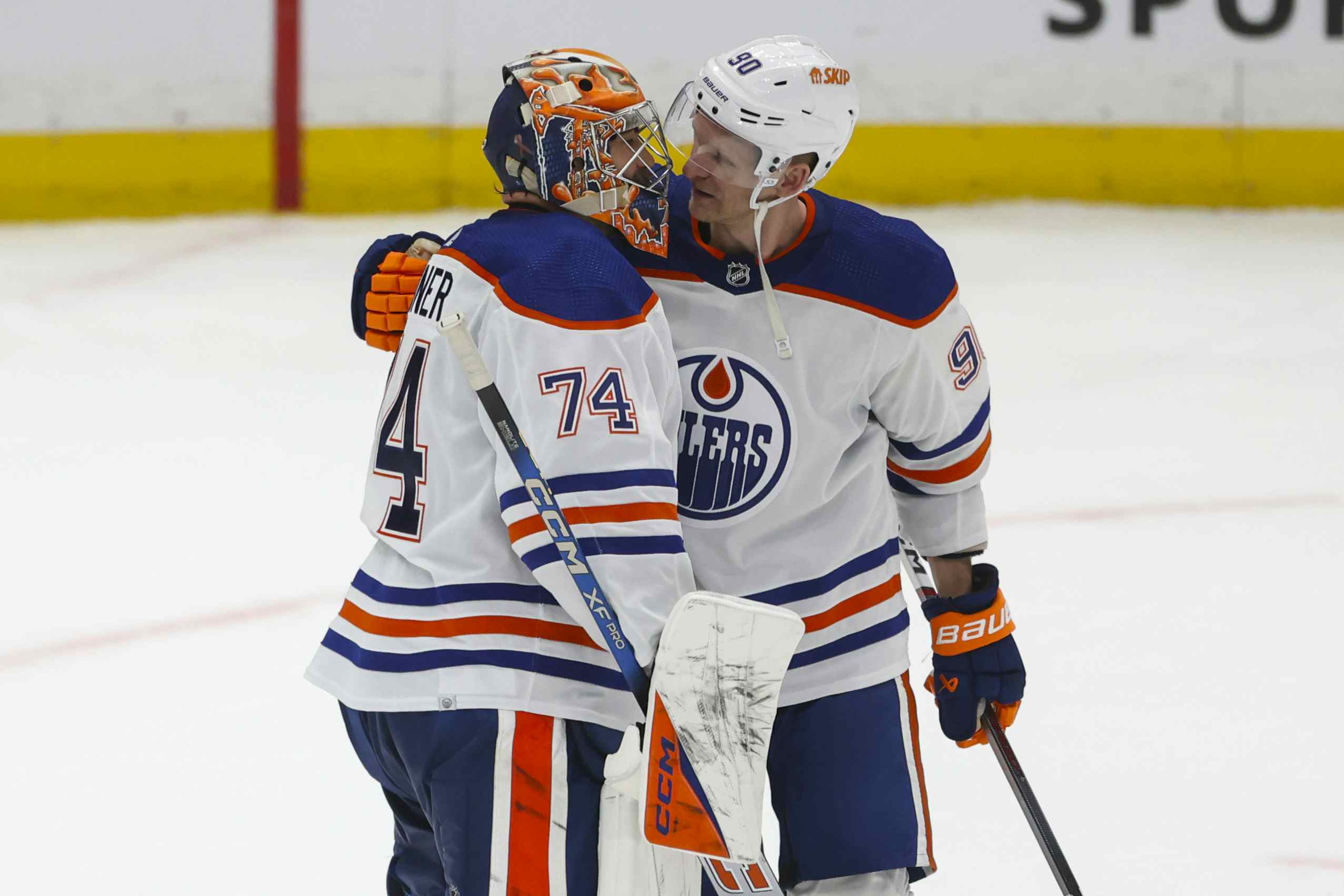Radio Ga-Ga

Maybe it’s a generational thing, but when it comes to the NHL, the next best thing to actually being in the rink for me growing up was listening to the game on the radio, not watching it on TV. From the time the Vancouver Canucks entered the NHL in 1970 when I was 12 years old, Jim Robson on CKNW was the voice that connected me to the team. Every game was on the radio, which wasn’t the case on TV – ours was black and white that first season.
Listening to how Robson and, in later years, others described the game in so much detail because they had to paint a picture of what was going on, fascinated me. Even in later years, when I was covering the Edmonton Oilers for a living and sitting beside Rod Phillips on the plane and in the press box listening to him call games, or when I was lucky enough to do some radio work with Bob Stauffer and Jason Gregor, I loved the radio and admired those who were exceptional at it, which I was not.
To this day, Robson and Phillips, whose passionate calls of the Oilers never once sounded contrived or like a shtick to me, were the best I ever heard. Even with everything having changed so very drastically in terms of the broadcast business in the almost 50 years since I first listened to Robson, the fascination remains. I still tune into the radio to listen to Stauffer and play-by-play man Jack Michaels call Oilers’ games on 630 CHED.
It bothered me, then, when news came out Tuesday that Chuck Kaiton of the Carolina Hurricanes, one of the voices I got to know over the years, especially during the 2006 Stanley Cup final, was out after 39 years behind the microphone after turning down an 80-per cent pay cut. It looks like Kaiton, in the broadcaster’s wing of the HHOF since 2004, will be replaced on-air by a simulcast of the team’s TV crew in a cost-cutting measure. The Canes will be the third team to go that route, joining Dallas and Buffalo.
TREND?

Aside from feeling bad for Chuck, what stuck with me from the news item, written by long-time beat writer Luke DeCock, was this: “The Dallas Stars and Buffalo Sabres already simulcast their television broadcasts on radio, and while the Hurricanes are the next to join them, they will not be the last. Radio voices will likely survive in baseball and the NFL and in college sports, but in the NHL and NBA, their jobs are under threat.”
Say what? Being intimately aware of downsizing in the media business, at least in print – there were huge cuts at the New York Daily News just this week – over the last 10 years or so, the first thing that popped into my mind was how far-reaching this cost-cutting trend might be. Could it possibly come into play in hockey-obsessed Canadian markets like Edmonton? Raleigh, after all, is a long way from this NHL outpost – not only in terms of geography but in hockey’s pecking order on the sports pages and airwaves.
The short answer, as best I can tell after chatting with people in the radio biz, is no. According to DeCock’s story, the Hurricanes didn’t receive lucrative rights-holder fees from WCMC-99.9 FM for broadcast rights. With a listenership estimated at only about 2,000, the Hurricanes were reportedly suffering six-figure losses to have their games broadcast on the radio, with Kaiton’s salary being part of the expenses. Red ink on the bottom line was something new owner Tom Dundon obviously wasn’t willing to live with.
While not yet official, apparently the plan is to have TV voices John Forslund and Tripp Tracy, both of whom are employees of the Hurricanes and have been around for two decades, to continue doing their call on TV and have that call simulcast on radio. Here, that would be akin to having Michaels and Stauffer pulled off the air and running a TV feed with Sportsnet’s Kevin Quinn and Drew Remenda in their place. Simply put, Raleigh and Edmonton are drastically different markets. That’s not going to happen here.
ON THE AIR

For starters, CORUS, of which 630 CHED is a part, pays the Oilers millions of dollars for broadcast rights on game nights. There are two years left on the current deal, a partnership that dates back to the 1990’s. The deal includes Oilers Now, the popular afternoon show hosted by Stauffer, as well as other considerations. Stauffer’s show alone draws almost 20 times times more listeners (38,000) than what Carolina game broadcasts attract.
On game nights, my understanding is that Oilers’ broadcasts draw anywhere from 20-25 times what the Hurricanes attract in terms of audience. It’s not even close. While I’m not privy to the bottom with either the Oilers or CORUS, it’s a reasonable assumption that both sides are happy with the arrangement and there’s no reason to believe the fundamental structure of the agreements will change.
This is a hockey-first town. Always has been, always will be. That’s not the case in Raleigh. It’s Dundon’s team, so he can do whatever he wants, even though I think it’s a lousy way to treat a guy like Kaiton, who dated back to the Hartford Whalers. While that might be a trend in some fringe markets, Edmonton isn’t one of those. As far as I can tell, that isn’t going to happen here. From where I sit, and listen, that’s a good thing.
WHILE I’M AT IT . . .

Tributes will come fast and furious between now and Monday when Jarome Iginla makes his retirement from the NHL official, and they should. Love him or hate him when he played down the road with the Calgary Flames, Iginla was a helluva player and one of the most decent guys you’ll ever meet.
From a reporter’s point of view, there are lots of stories about Iginla facing the media hordes win or lose and never hiding. He was always gracious even when he was burning from a difficult loss or during a tough stretch for his team. More important, he was as good a person as he was a tough competitor. One example of that stands out for me.
One night after a game at the Saddledome, I was waiting for a taxi back to the hotel. The ride takes 10 minutes. Getting a cab can take a lot longer. Out walks Iginla and his wife Kara. He asks if I need a ride. He drives a Porsche, which I can barely fit in by myself, let alone with two other people. “We’ll make room,” he says. As he opens the door, the cab pulls up. Rather than have Iginla yank the seats out of his car and cut off the roof, which is what it would have taken to fit my fat backside in, I opt for the cab. “You sure? It’s no problem,” he says. That’s Iginla.
Previously by Robin Brownlee
Recent articles from Robin Brownlee

